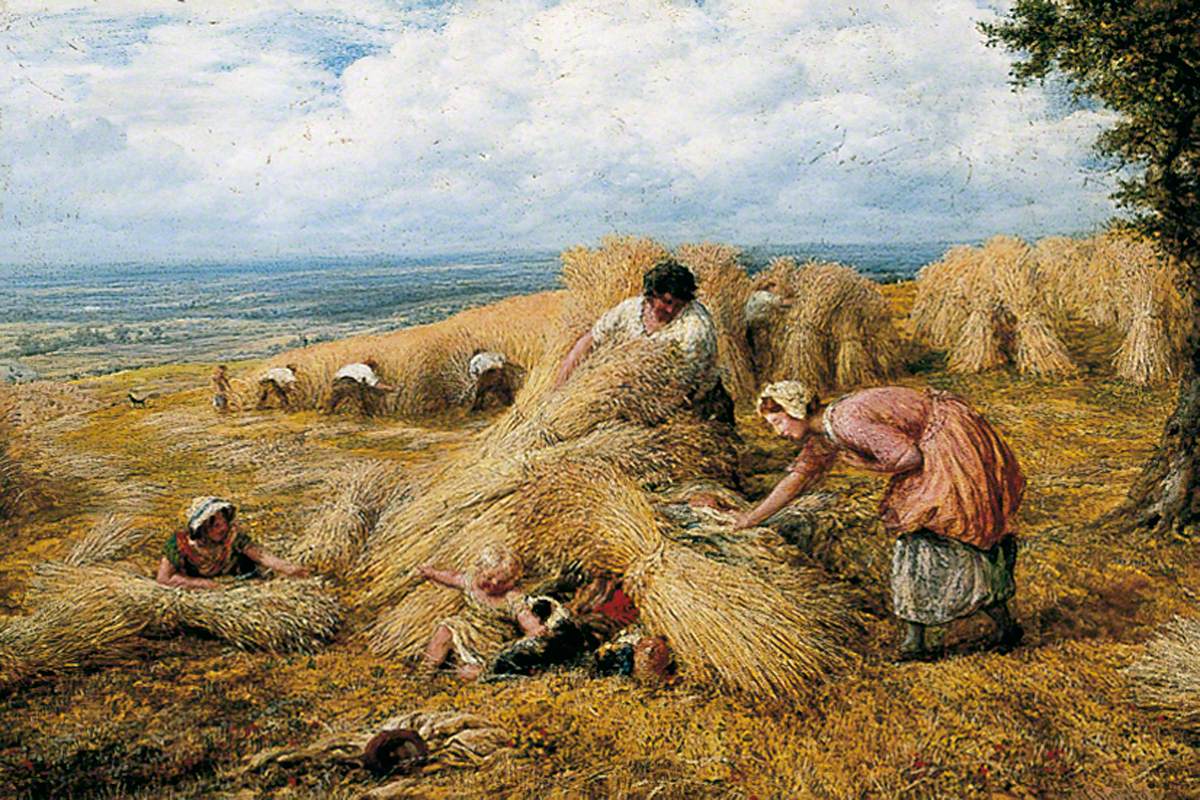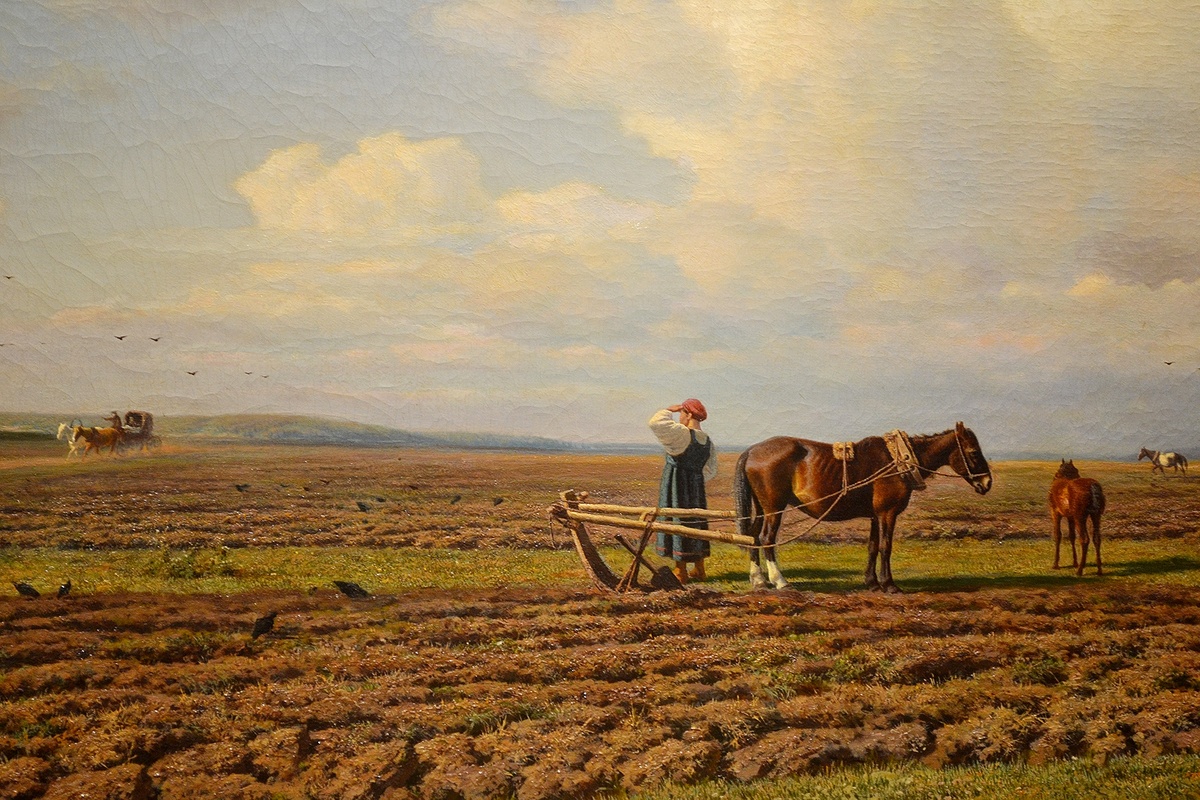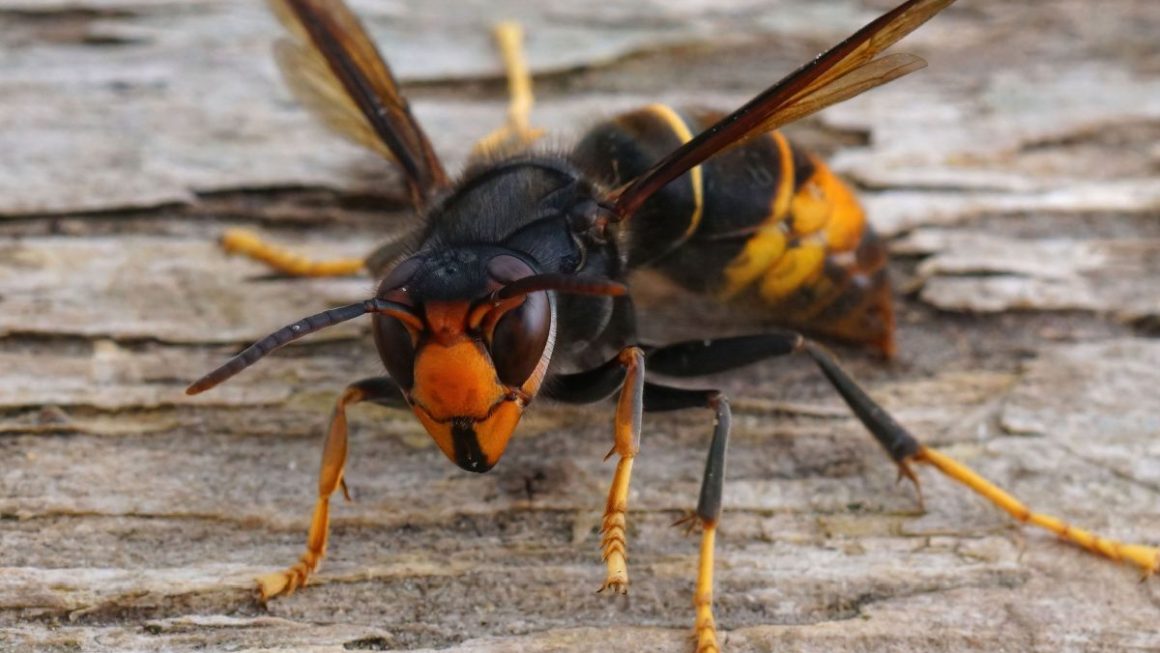One of the world’s greatest scientific revolutions arose from a small experiment. One that is still ongoing 160 years later.
It was 1832 and John Bennet Lawes had just turned 17, owned a huge estate in the heart of Hertfordshire and had plenty of free time. He had just been expelled from Oxford and had returned to the mansion he inherited from his father a decade earlier. Now he just had to figure out what to do with his life.
What if we planted four herbs?
That’s how Lawes began, growing medicinal plants on the estate and testing the effects of various fertilisers on a handful of pots. Things went well, and a couple of years later, the experiments expanded to crops in the field.
Young John Bennet’s intention was simple: to free farmers from their dependence on animals for fertiliser.
He succeeded. Boy, did he succeed.
In 1842, he patented a phosphate-based fertiliser that revolutionised the world of agriculture and kicked off the era of industrial fertilisers. He made a fortune, of course. But that’s not what interests us today.
What interests us is that, starting in the autumn of 1843, in order to study the long-term effects of different fertilisers and manures on winter wheat yield and soil fertility, he began planting wheat in Rothamsted.
What does this involve?
The first harvest was in 1844, and since then, strips of wheat with different fertiliser treatments have been grown across the field. This means that some strips have received the same amount of fertiliser for over 160 years.
That’s not to say there haven’t been any changes, of course. The Broadbalk experiment is a living thing and has changed over time to address new scientific issues (such as the introduction of different wheat varieties or the application of new cultivation approaches).

It has also been a great success.
Not only did it allow (and still allows) us to fine-tune the amount, frequency, and type of fertiliser we should use with unprecedented accuracy, but Broadback has also generated a large amount of data and samples (of grain, straw, and soil) that are used by scientists around the world for long-term studies on environmental impact and agricultural sustainability.
The argument that we do not know what the long-term impact of things will be is not only reasonable, but also a good one. This experiment has allowed us to dispel all the doubts we had about one of the most important technologies in the world: the one that has allowed us to become more than eight billion people worldwide.




